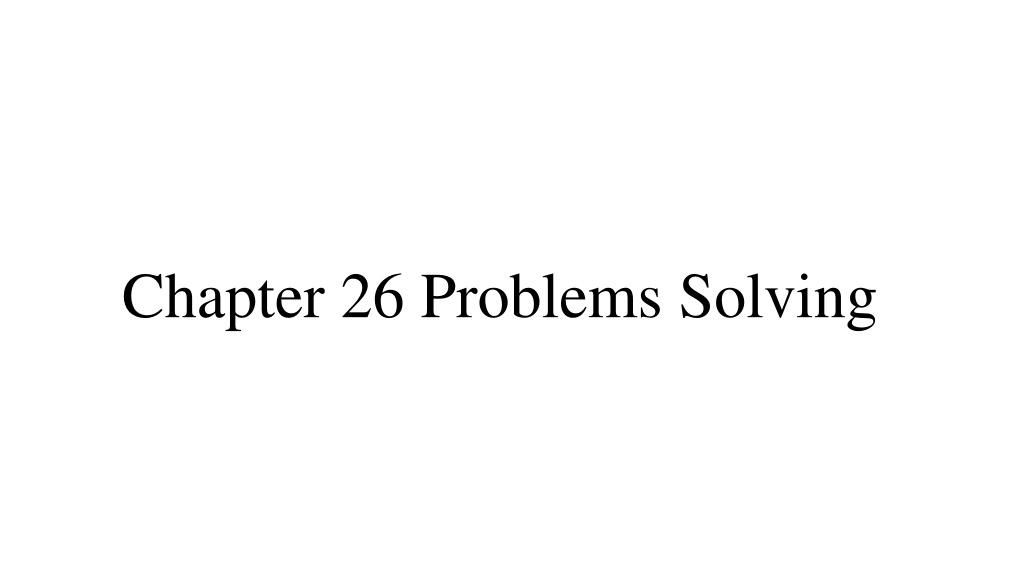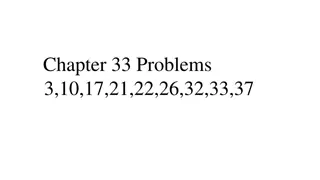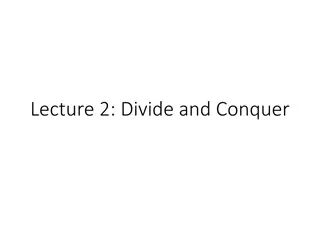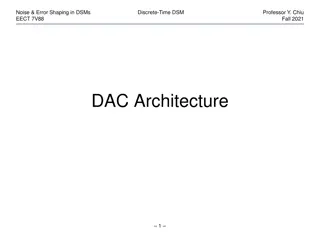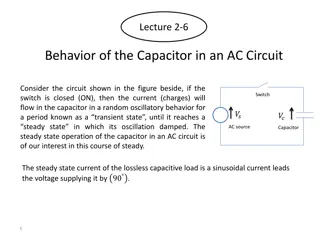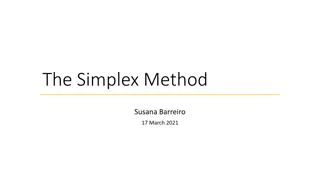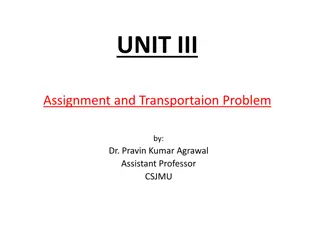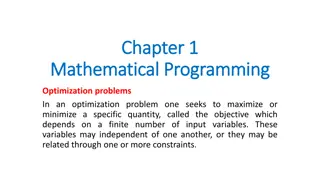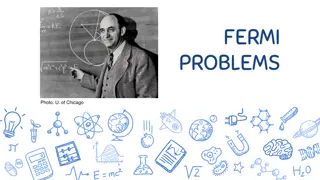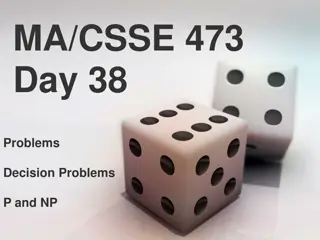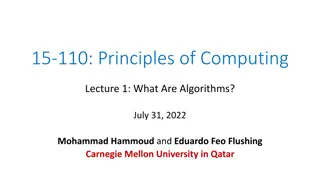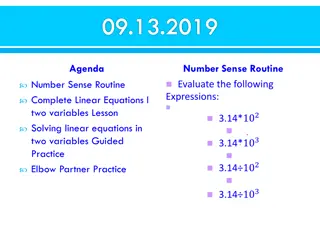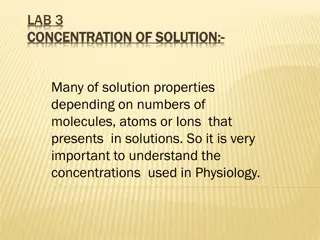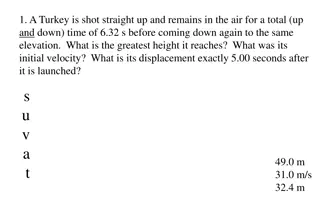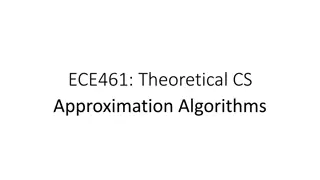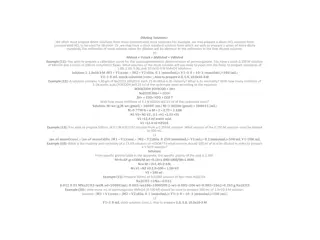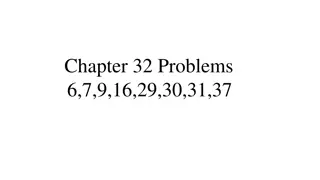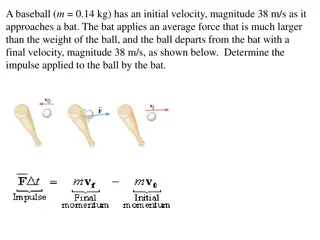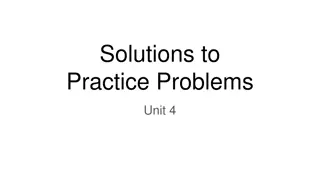Capacitor Problems and Solutions
Explore a series of capacitor-related problems, including calculating charge, radius, capacitance, electric field, and more. Dive into scenarios involving capacitors connected to batteries, liquid drops with capacitance, Earth and cloud layers as capacitor plates, air-filled capacitors, surface charge density, and equivalent capacitance configurations. Learn through practical examples and solve problems related to capacitors efficiently.
Download Presentation

Please find below an Image/Link to download the presentation.
The content on the website is provided AS IS for your information and personal use only. It may not be sold, licensed, or shared on other websites without obtaining consent from the author. Download presentation by click this link. If you encounter any issues during the download, it is possible that the publisher has removed the file from their server.
E N D
Presentation Transcript
1. (a) How much charge is on each plate of a 4.00-F capacitor when it is connected to a 12.0-V battery? (b) If this same capacitor is connected to a 1.50-V battery, what charge is stored?
4. (a) If a drop of liquid has capacitance 1.00 pF, what is its radius? (b) If another drop has radius 2.00 mm, what is its capacitance? (c) What is the charge on the smaller drop if its potential is 100 V?
6. Regarding the Earth and a cloud layer 800 m above the Earth as the plates of a capacitor, calculate thecapacitance. Assume the cloud layer has an area of 1.00 km2 and that the air between the cloud and the ground is pure and dry. Assume charge builds up on the cloud and on the ground until a uniform electric field of 3.00 106 N/C throughout the space between them makes the air break down and conduct electricity as a lightning bolt. What is the maximum charge the cloud can hold?
7. An air-filled capacitor consists of two parallel plates, each with an area of 7.60 cm2, separated by a distance of 1.80 mm. A 20.0-V potential difference is applied to these plates. Calculate (a) the electric field between the plates, (b) the surface charge density, (c) the capacitance, and (d) the charge on each plate.
9. When a potential difference of 150 V is applied to the plates of a parallel-plate capacitor, the plates carry a surface charge density of 30.0 n C/cm2. What is the spacing between the plates?
18. capacitors are identical, and each has capacitance C. Evaluate the equivalent capacitance of the configuration shown in Figure. All the
21.Four capacitors are connected as shown in Figure P26.21. (a) Find the equivalent capacitance between points a and b. (b) Calculate the charge on each capacitor if Vab= 15.0 V.
31. (a) A 3.00-F capacitor is connected to a 12.0-V battery. How much energy is stored in the capacitor? (b) If the capacitor had been connected to a 6.00-V battery, how much energy would have been stored?
36. A uniform electric field E = 3 000 V/m exists within a certain region. What volume of space contains an energy equal to 1.00 10 7 J? Express your answer in cubic meters and in liters.
47. A parallel-plate capacitor in air has a plate separation of 1.50 cm and a plate area of 25.0 cm2. The plates are charged to a potential difference of 250 V and disconnected from the source. The capacitor is then immersed in distilled water. Determine (a) the charge on the plates before and after immersion, (b) the capacitance and potential difference after immersion, and (c) the change in energy of the capacitor. Assume the liquid is an insulator.
54. For the system of capacitors shown in Figure P26.54, find (a) the equivalent capacitance of the system, (b) the potential across each capacitor, (c) the charge on each capacitor, and (d) the total energy stored by the group.
